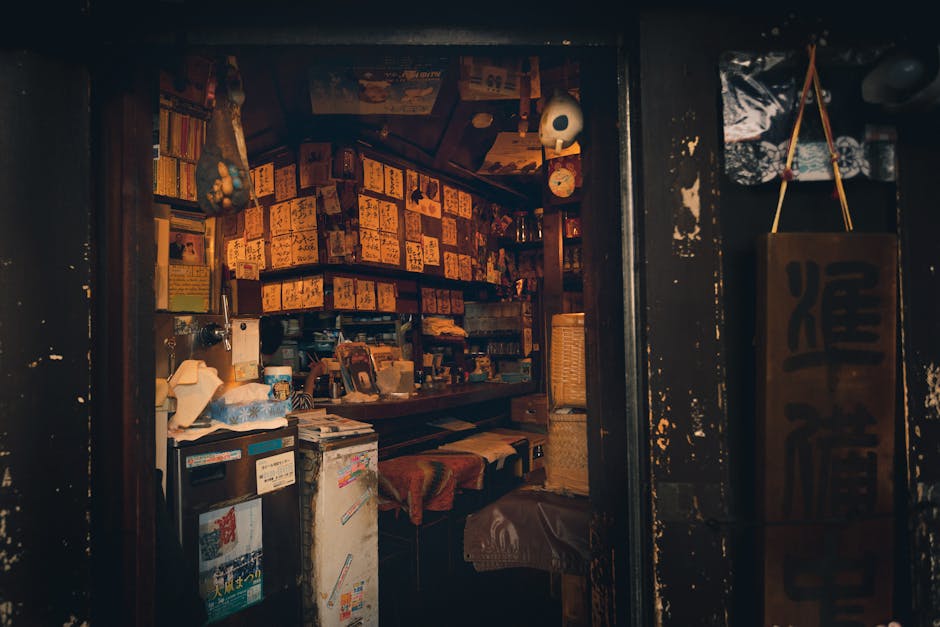
Imagine a time when Japan was a land fractured, a mosaic of warring domains where powerful samurai lords vied for supremacy. This was the Sengoku period (roughly 1467-1615), an epoch of unparalleled chaos and innovation, where fortresses were not merely structures but symbols of power, strategic strongholds, and the very stage upon which history’s most dramatic sagas unfolded. Today, centuries later, the earth continues to yield its secrets, offering us tantalizing glimpses into this tumultuous past. The recent discovery of stone wall remains at an archaeological site in Omihachiman City, Shiga Prefecture, has once again drawn us back to this captivating era, posing a fascinating new puzzle for historians and enthusiasts alike.
Echoes from the Age of Warring States
The Sengoku period was a crucible of change, witnessing the rise of legendary figures like Oda Nobunaga, Toyotomi Hideyoshi, and Tokugawa Ieyasu, who each, in their turn, strove to unify the fractured nation. This era saw an explosion in castle construction, evolving from simple palisades to sophisticated, multi-layered defensive complexes. Castles were not just homes for daimyo; they were economic hubs, administrative centers, and formidable deterrents, their very existence shaping the landscape and the fate of entire regions. Omihachiman City, nestled in Shiga Prefecture, held a strategically vital position, overlooking Lake Biwa and crucial trade routes, making any defensive structure here profoundly significant.
The discovery at the archaeological site is not merely a collection of old rocks; it's a whisper from a bygone age. Archaeologists have unearthed stone wall remains (石垣遺構) that date back to the Sengoku period. But what makes this particular find so intriguing is its distinctive characteristics: it’s an L-shaped (L字状) structure, constructed from numerous small stones (小ぶりの石が多数). This isn't your typical towering castle wall built with massive, precisely cut blocks. This is something different, something that demands a closer look into the minds of the people who conceived and built it.
The L-Shaped Enigma: A Historian's Dilemma
In the Sengoku period, castle walls were engineering marvels, designed to withstand sieges, artillery, and the sheer force of attacking armies. The choice of materials and construction techniques often reflected the available resources, the urgency of construction, and the specific defensive needs of the site. While grand, sweeping stone walls made of large, expertly fitted stones are iconic of later Sengoku and early Edo period castles, the L-shaped design and the use of numerous small stones in Omihachiman present a delightful challenge to our understanding.
What Could the L-Shape Mean?
- Defensive Corner: An L-shape could indicate a reinforced corner of a larger complex, perhaps a critical juncture where two walls met, requiring extra stability against attack.
- Terrace or Embankment Support: It might have served as a retaining wall for a raised platform or a terraced area within a fortress, designed to level out uneven terrain for buildings or troop movements.
- Water Management: Less common for stone walls, but an L-shape could also be part of a sophisticated drainage system or a barrier for a moat or waterway, especially given Omihachiman’s proximity to Lake Biwa.
- Foundation for a Specific Structure: Perhaps it was the foundation for a particular building, like a watchtower or a small fortified gate, where an L-shaped base was structurally optimal.
The use of numerous small stones further adds to the mystery. Was this a sign of rapid, expedient construction, perhaps during a time of imminent threat when large stones were unavailable or too time-consuming to transport and cut? Or does it point to a specific, perhaps earlier, style of fortification, showing the evolution of stone wall building techniques in the region? These smaller stones, though seemingly less imposing, would still have required considerable skill to interlock and stabilize, demonstrating the ingenuity of Sengoku-era engineers.
Connecting the Past to the Present
As we stand virtually at the archaeological site in Omihachiman City, observing these humble yet profound stone wall remains, we are transported. We can almost hear the clang of swords, the shouts of commanders, and the rustle of samurai banners in the wind. This discovery isn't just about a wall; it's about the lives lived around it – the common people who labored to build it, the soldiers who stood guard, and the warlords who made life-or-death decisions based on its strength.
Each shovel of earth, each carefully cataloged stone, adds another piece to the grand tapestry of Japanese history. The L-shaped stone wall from the Sengoku period in Shiga Prefecture is more than an artifact; it's a question etched in stone, urging us to delve deeper, to imagine more vividly, and to understand the complex strategies and human dramas that shaped a nation. It reminds us that history isn't static; it's a living, breathing narrative, constantly being enriched by new discoveries that bridge the vast chasm of time, allowing us to walk, even for a moment, on the very ground where our ancestors made their stand.
Comments
Post a Comment